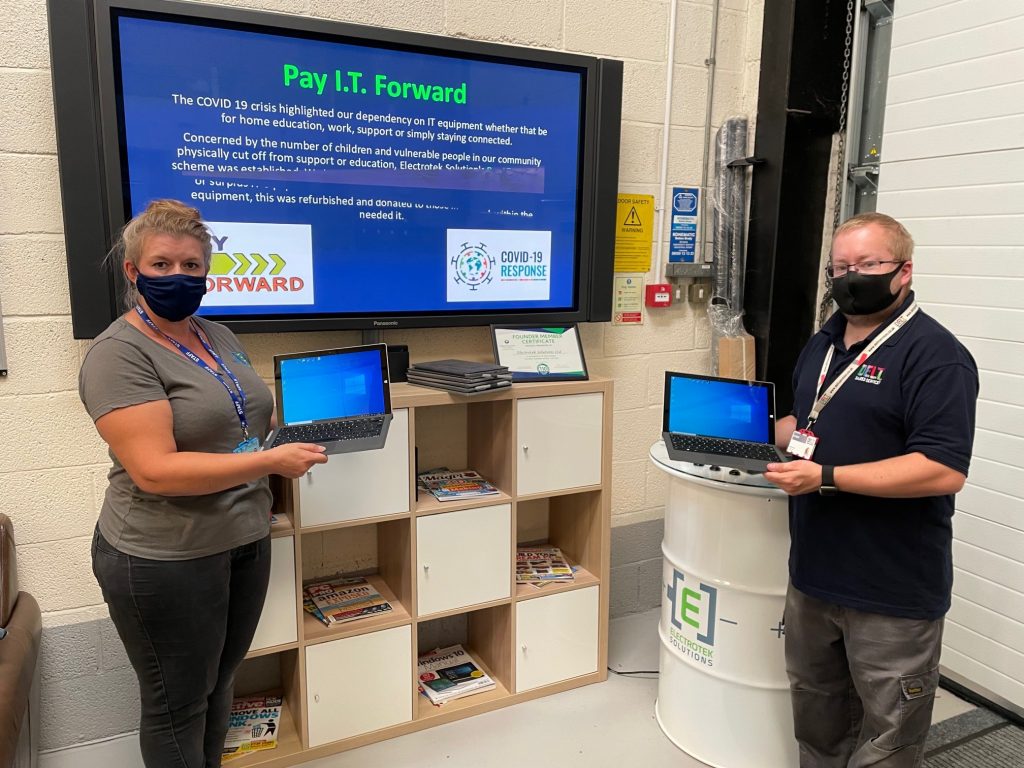Devon Partnership NHS Trust (DPT) is embarking on an ambitious transformation project, which will see their IT become more aligned with the NHS’s digital aspirations. This work will achieve a significant step-change in how the organisation collaborates with other service providers and delivers high quality care.
At any one-time DPT supports around 30,000 people across Devon, the wider Southwest region and nationally. The organisation works closely with other health and social care providers to support the recovery of people with mental health, learning disability and neurodiversity needs.
Delt Shared Services has been brought on board to support DPT with its plans for digital maturity, removing boundaries to information sharing and improving collaboration across the health and social care sector.
It is difficult to imagine that an IT provider could make an impact on patient care. However, through this new partnership, DPT aims to deliver better population health outcomes by achieving its digital transformation strategy.
The partnership has been formed based on Delt’s own work with Mental Health in the workplace. The organisation prioritises support and resources for its 200+ workforce and genuinely believes that happy staff are successful and productive employees.
Rafael Sorribas, Chief Information Officer, says: “Over the last three years, we have increased our use of technology to support how we work at a far greater rate than we could have imagined or planned for. We have given out more than 4,000 laptops, iPads, and iPhones, and introduced a number of new applications and a VPN to support remote working. Users of our services have been able to connect to our care teams and staff have all been kept connected to colleagues across the Trust and beyond.
“This has increased the amount of ‘IT support’ needed and we need to ensure a sustainable solution for the future. We have worked hard to create a partnership, with Delt, to provide the capacity and expertise to be able to support the Trust now and into the future”.
Since its formation, Delt has continued to strive to be a regional leader within workplace mental wellbeing. From signing-up to the Wellbeing Charter, providing Mental Health First Aid Training, having an accessible EAP (Employee Assistance Programme) running 24/7, offering monthly Mental Health focused seminars in partnership with DevonMind and gaining regular staff feedback on what more could be done to support the wellbeing of all staff.
DPT and Delt are aligned in their values and commitment to good mental health and wellbeing. It is this mutual passion and understanding that has formed the basis of this partnership. Delt will now supply IT services to the DPT’s 3,600 users across clinical and administrative roles. The two organisations will work collaboratively to deliver the digital transformation strategy, providing patients with exceptional care and service.
Giles Letheren, Delt’s CEO said; “At Delt, we are truly passionate about supporting front-line staff to deliver a quality service to their customers. Our focus always has been and always will be helping clinicians to be up and running swiftly and efficiently so that they can meet the needs of their patients.”
Giles added; “Our service has never been driven by closing tickets as quickly as possible. Instead, we work closely with our customers to properly understand their problems, fix them and implement a sustainable solution. We genuinely believe in our mission of Helping People Do Amazing Things and through this partnership with DPT we can continue to support key workers who provide crucial services to our communities.”


















